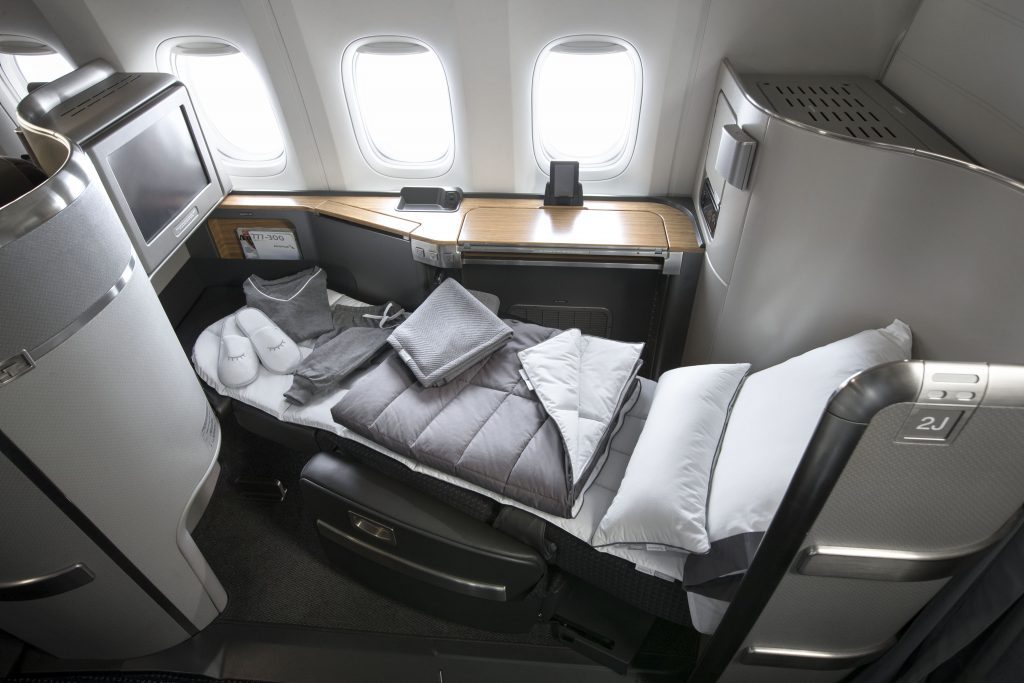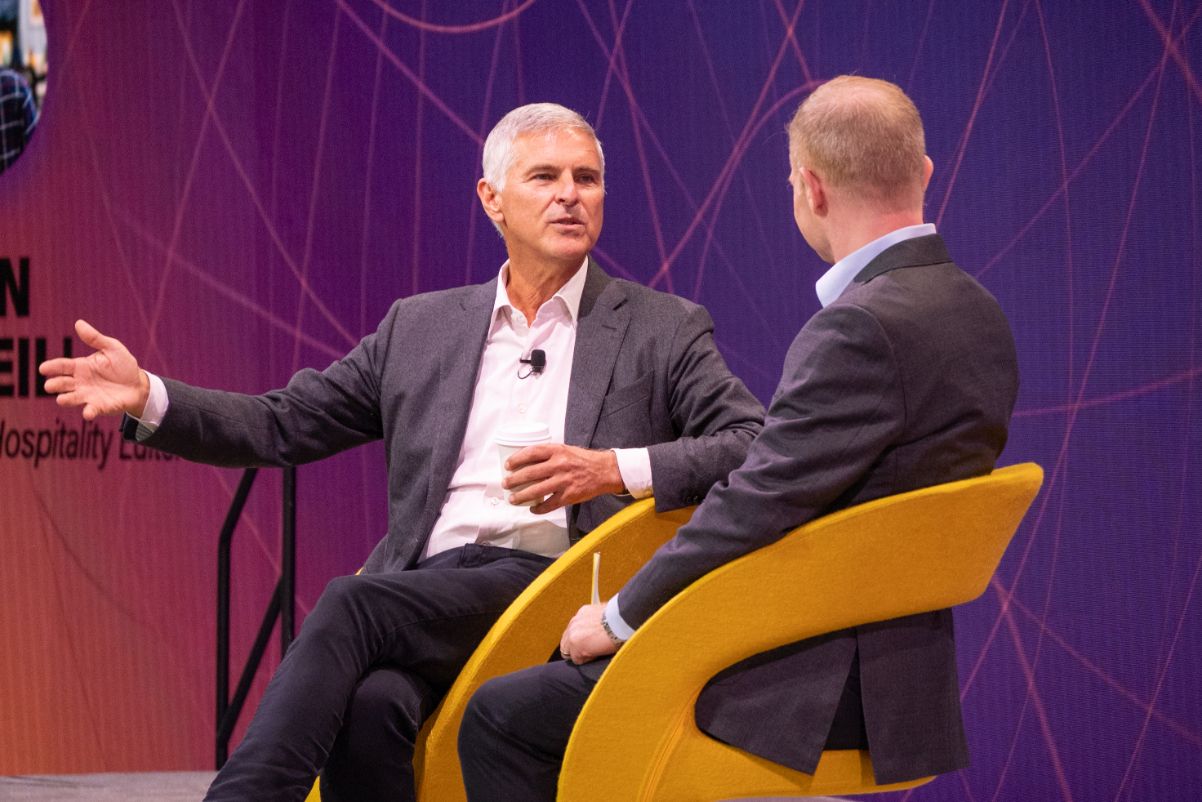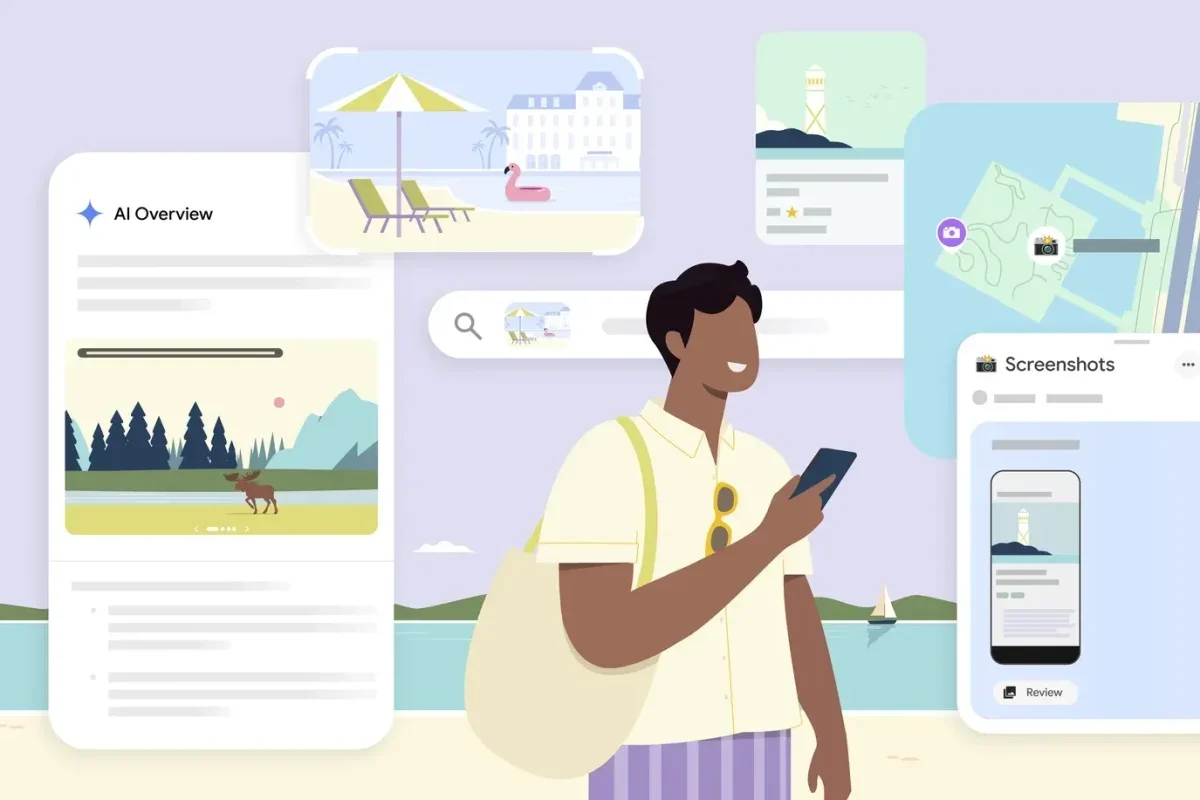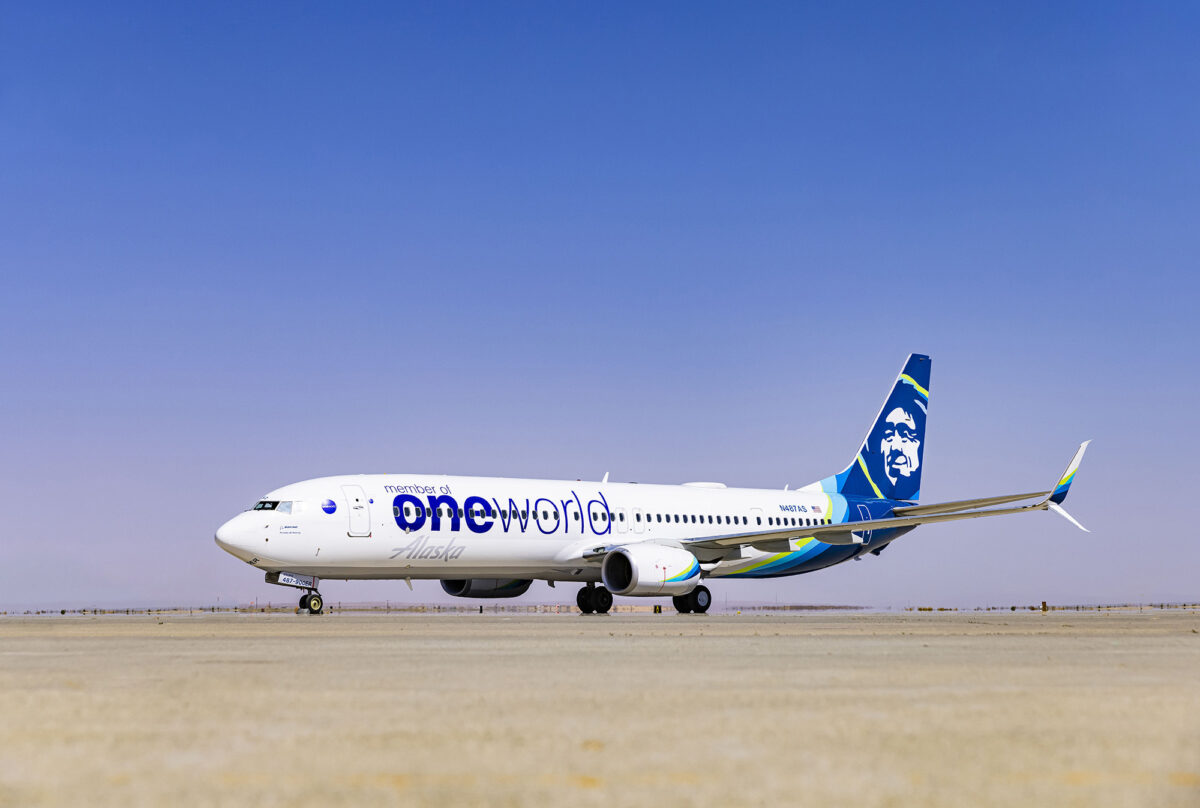Airline Upgrades Lead to a Purloined Pillow Problem

Skift Take
After United Airlines introduced fluffy business class Saks Fifth Avenue bedding two years ago, staff noticed pillows and blankets started disappearing at a surprisingly high rate, depleting the airline's stocks faster than before.
A few months later, United gently directed flight attendants to consider picking up bedding before arrival, "as a soft way of ensuring these items stay onboard the aircraft after arrival." Flight attendants began making a special announcement upon landing, after welcoming travelers to the new city, sharing the current time and warning passengers to be careful when opening overhead compartments.
"We hope you enjoyed the pillows, blankets and bedding during your flight," their script said. "Please be sure you leave these items on board as you exit the aircraft.”
United is not the only major global airline grappling with a pilferage problem. Some stuff, like silverware, cups and saucers, has always disappeared, though aviation geeks — enthusiasts who love airlines like sports fans root for baseball teams — were often the biggest culprits. They might take a British Airways coffee cup not because they needed one for the cupboard but because they wanted it to complement the Varig mug they stole years earlier from the now-defunct Brazilian airline.
Today's purloined pillows are another matter. People now swipe them not for the collections, but because they like them enough to use them elsewhere, perhaps at home, or just on their next flight.
"It is a huge problem right now," said Nick Richards, director of premium services and customer experience strategy at American Airlines.
It's a relatively new concern, occurring as many airlines invest in the premium class passenger experience, upgrading pillows, blankets and mattress covers. The scratchy, unbranded, too short-for-the-seat blankets have been replaced by plush, soft bedding from retailers passengers know, like Saks, Casper, and the White Co., a UK retailer.
In many cases, airlines are using bedding to try to win-back customers who may defected to other airlines. Last year, after British Airways began using White Co. bedding, the airline promised long-haul premium passengers a "super-soft woven blanket," a "bespoke, luxuriously soft large pillow" and a "specially developed luxury duvet" with a padded mattress, part of a £400 million ($565 million) investment in the passenger experience.
"People go, 'Oh my god, this White Company bedding is lovely,' and they take it off the plane with them, which they're not really meant to do," said Harry Zalk, commericial director at Matrix, the firm that matched the White Company with British Airways. "These are not cheap items."
They are not, however, the real thing. Customers may be intrigued by the name-brands, but the items are rarely an exact replication of what they'll find it stores. British Airways' bedding, Zalk said, "is very good representation of a retail product" but the White Company adapts it for the rigors of commercial laundry.
The yarns, for example, are more durable than in store-bought blankets, which is important, because unlike a retail item, which might be dry-clean only, airplane bedding is washed rigorously after every use.
Not a Surprise
Most airlines have not been caught by surprise by the disappearing items.
In December, American introduced products from Casper, including a mattress pad, pillow, lumbar pillow, and duvet. But it considered shrinkage from the start, Richards said, ordering more than a million separate pieces just for the launch to ensure none would run out. That was the right strategy, because while the airline budgeted each item to last about 30 flight segments, not all have made that long.
"There's the novelty of a new product, and everybody wants to take them with them," Richards said. "Things just tend to walk away."
Airlines would prefer items stay on the plane, but they tend to look the other way, rarely, if ever, asking corporate security to monitor stolen bedding. Passengers are more likely to be investigated for throw-away ticketing — that's buying a cheap roundtrip ticket but only using one direction to avoid pricey one-way fares — than for taking a pillow or blanket.
On the plane, flight attendants don't do a lot of enforcement either. If they see a customer stuff a pillow in a carry-on, they're likely to let it go.
"There is something about the business and first class environments, whereby the cabin crew don't like to say no, and in many cases the airlines also don't like to say no," Zalk said. "I'm sure there are moments when people are caught stealing and maybe the cabin crew turned a blind eye because with a luxury passenger in a luxury cabin, you're ideally not telling them what to do."
Still, this new bedding isn't cheap, at least by airline standards. Zalk estimates airlines might spend $10 on just the duvet, roughly twice as much as they might have spent a few years ago on a polyester fleece blanket.
It does last longer, however, with name-brand bedding holding up through more wash cycles. British Airways had planned to use the White Co. bedding for 30 flight segments, Zalk said, but has found it can last as many as 50. American has also found Casper bedding can last longer than the older 30-segment standard, Richards said.
Not All Bad News
Though disappearing pillows and blankets cost airlines money, there are some positives.
After years of having customers mock their products, many airline executives are proud they're producing bedding passengers want to take home. At American, Richards keeps a lumbar pillow on his desk chair, so he said understands why customers might to take one for their own home office, even though it's technically theft.
United is similarly pleased passengers like its bedding, spokesman Jonathan Guerin said.
"It makes us happy to see our customers enjoying our onboard amenities so much that they want to keep them when they land," Guerin said, adding the airline would prefer customers buy items on the airline's online shop, where the duvet blanket goes for $59.99, and the gel pillow costs $27.99.
Once the item is at a customer's home — whether a passenger has bought it or stolen it — airline executives figure it serves as a permanent advertisement, a reminder the customer liked an airline's experience enough to leave with a memento. Perhaps, executives say, the passenger will be more likely to book the airline again.
"It’s a great endorsement that we’ve hit the right spot," said Andrew Yiu, Air Canada's vice president for product. "We are not at the point that we have to cater extra on a flight as items tend to disappear at the end of a flight and the scale of this is not big enough to impact our supply chain."
But even if passengers steal enough bedding to affect an airline's bottom line, it's probably a risk carriers must take.
"This is all about customer experience," Zalk said. "It’s all about improving their brand positioning within a very competitive industry. When you do make such large improvements to physical products, inevitably some of them are going to walk off the plane."




